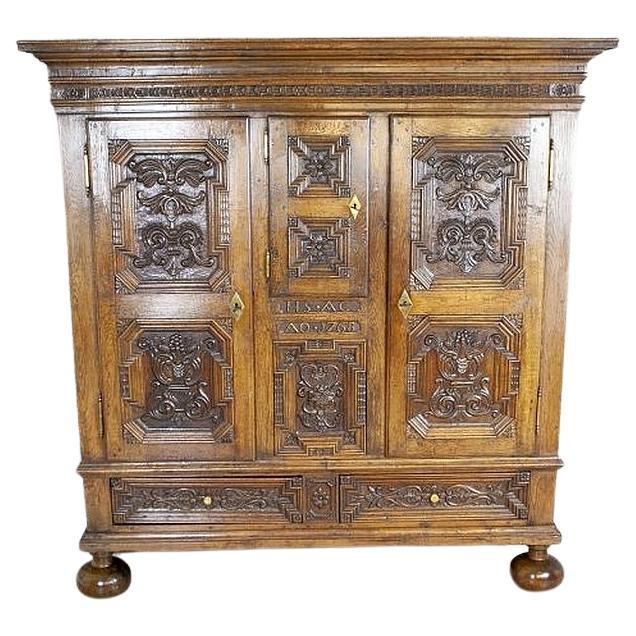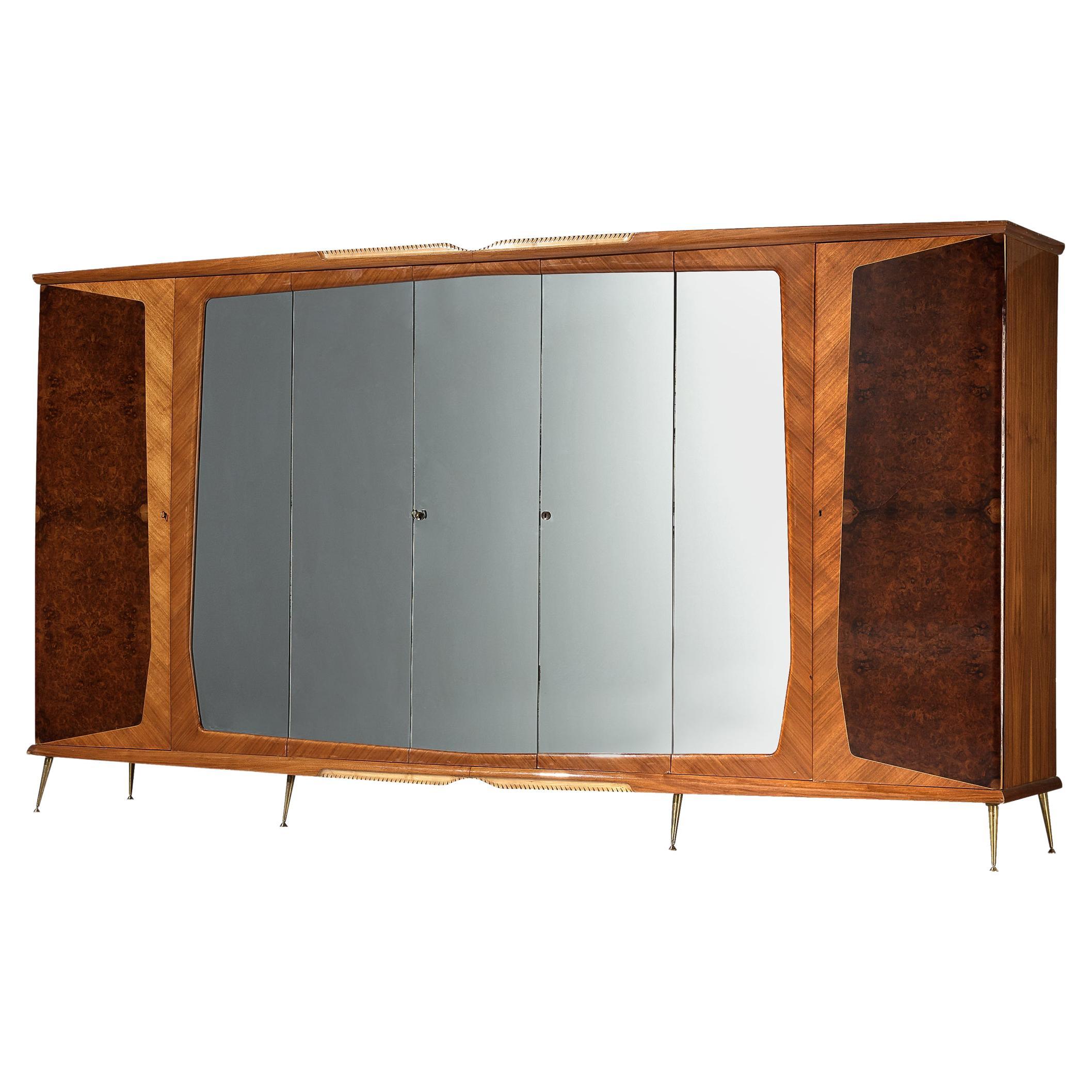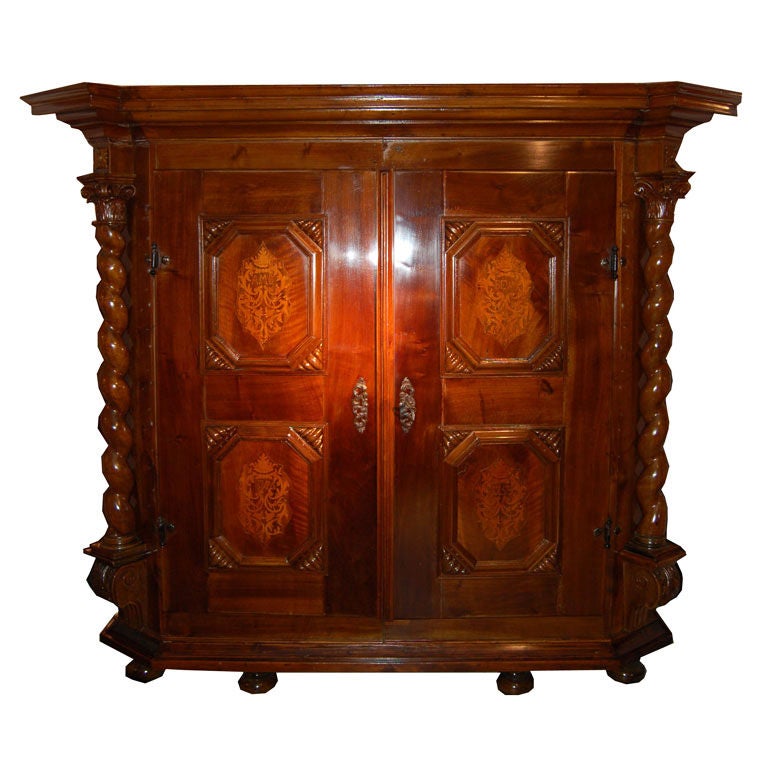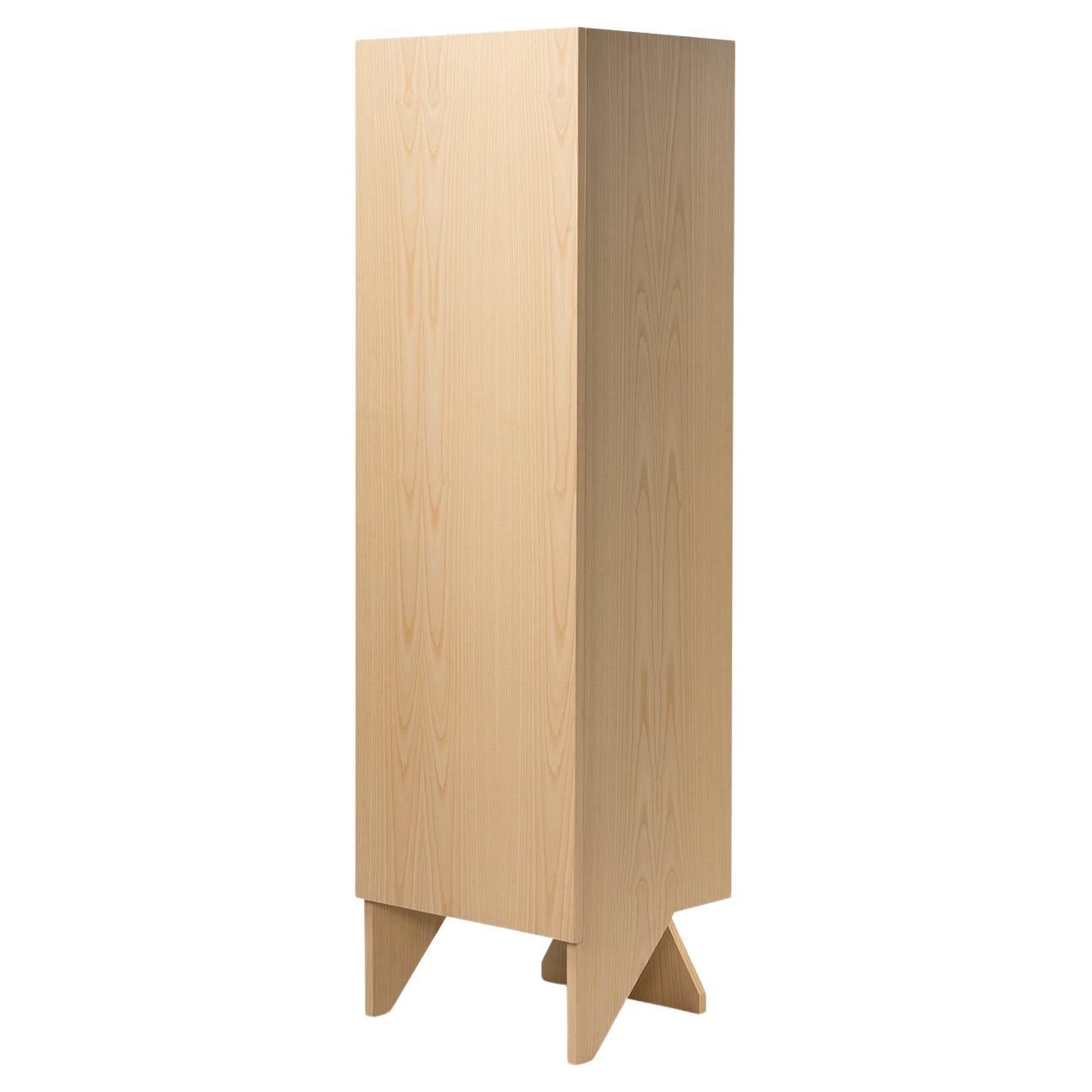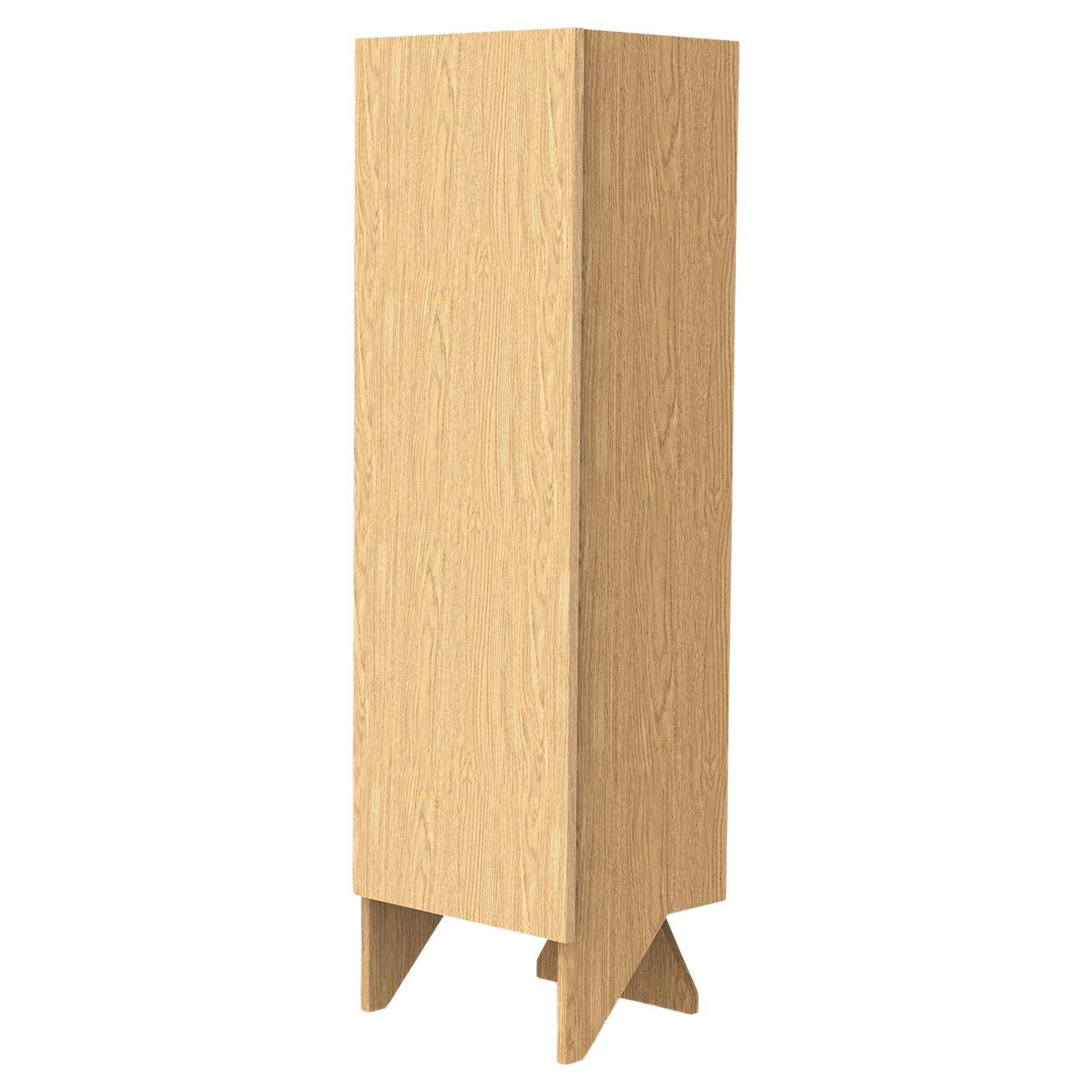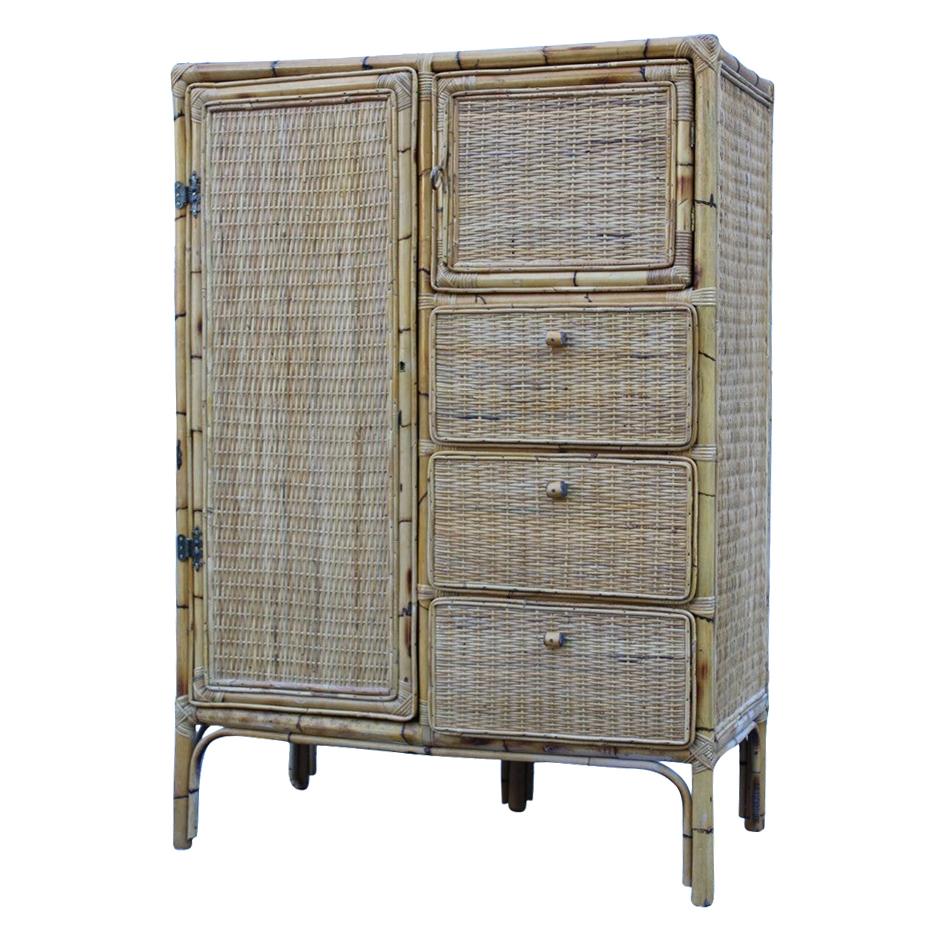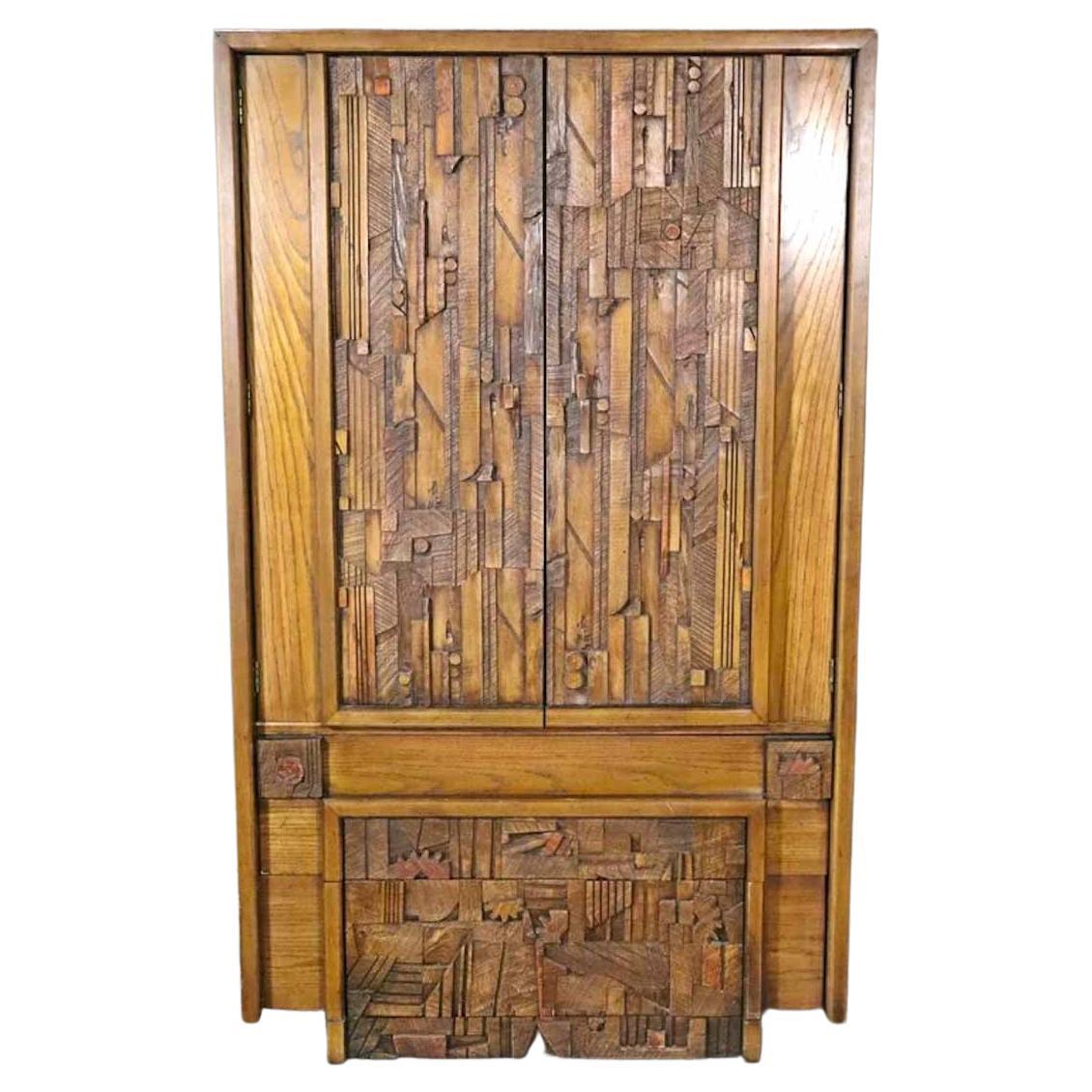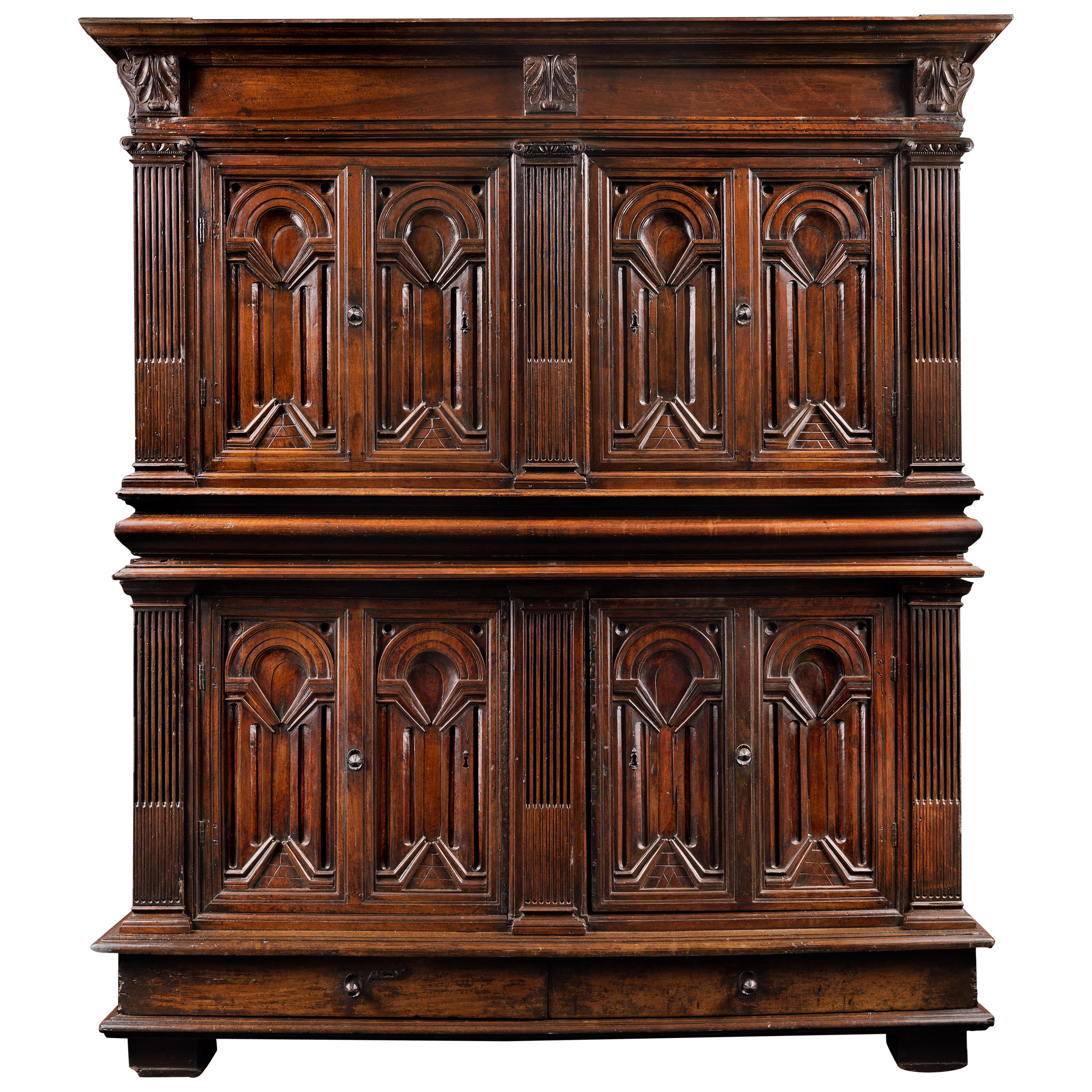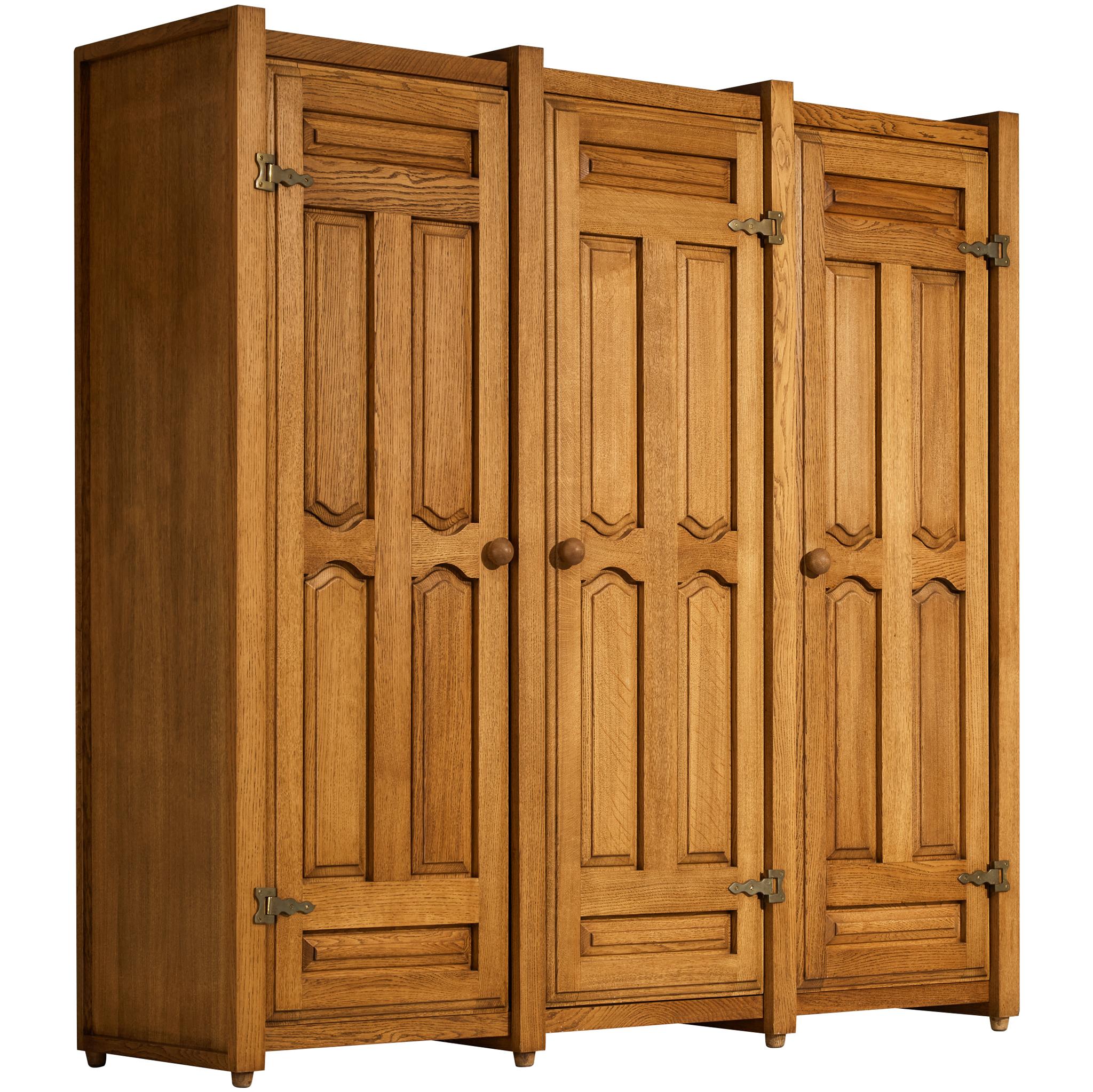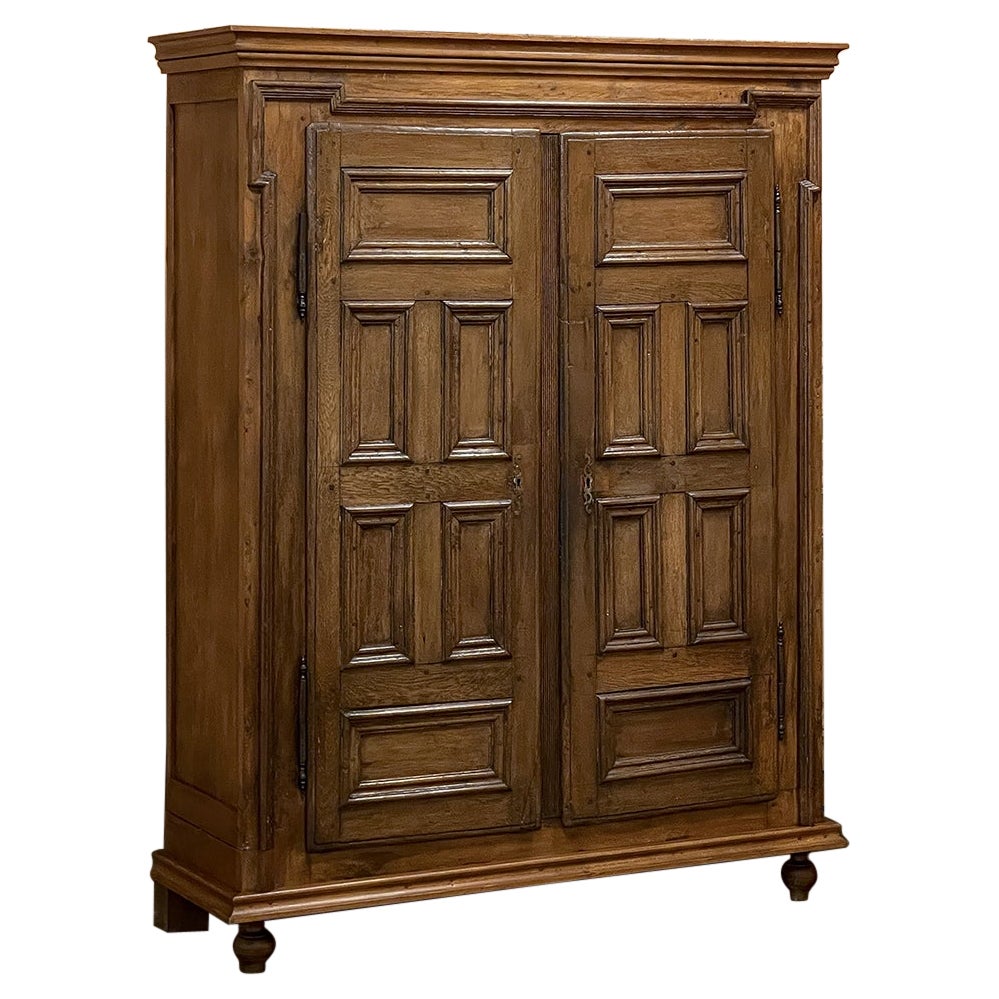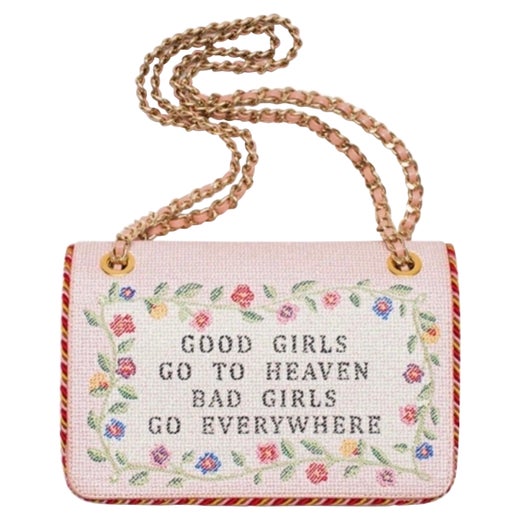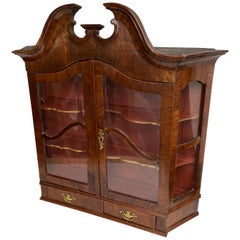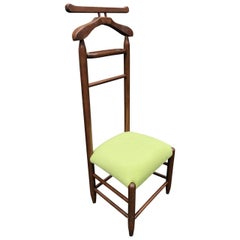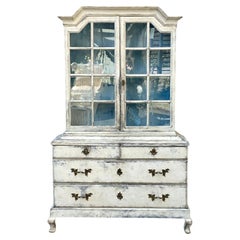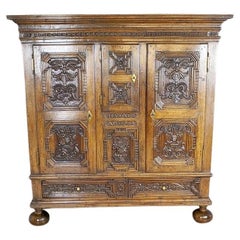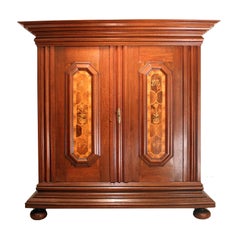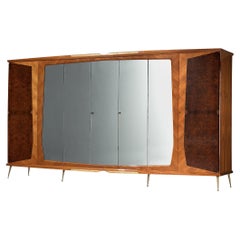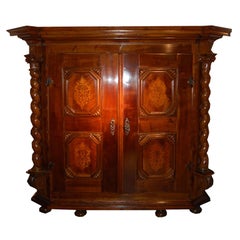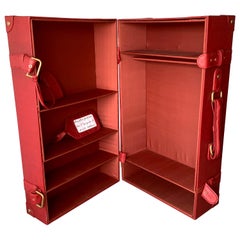
Massive Suitcase Wardrobe Display-Case from Milan, Italy Flagship Store
View Similar Items
Massive Suitcase Wardrobe Display-Case from Milan, Italy Flagship Store
About the Item
- Creator:Moschino (Designer)
- Dimensions:Height: 82 in (208.28 cm)Width: 47.5 in (120.65 cm)Depth: 28.5 in (72.39 cm)
- Style:Modern (Of the Period)
- Materials and Techniques:
- Place of Origin:
- Period:
- Date of Manufacture:2012
- Condition:Wear consistent with age and use. Minor losses. In general good, sturdy and working condition. Brass brackets that keep the two sides together is not attached. Small wear and tear to leather corners and edges, nothing large and terrible that would degrade the value or the amazing wall-power.
- Seller Location:Haddonfield, NJ
- Reference Number:Seller: 331941stDibs: LU943413921172
Moschino
The Moschino story begins in the early 1980s, when Franco Moschino (1950–94), a freelance magazine illustrator and Gianni Versace collaborator, founded a label in Italy whose ethos was all about having fun.
Moschino initially pursued a degree in painting at Milan's Brera Academy of Fine Arts during the late 1960s, turning to freelance illustration to help pay his way through school. He found inspiration in Pop art, Dadaism and bold graphics. During the 1970s, he began to work for Gianni Versace’s now-legendary house as a sketcher and freelanced as a clothing designer with other fashion labels. In 1983, encouraged by Versace, he launched his own extravagant and excessive couture collection.
Moschino's expertly tailored, vibrant designs for casual wear and more, each adorned with loud, playful details, spoofed the chic high fashion of the day, and Franco's close relationship with fine art — as well as his eye for innovation — welcomed comparisons to Elsa Schiaparelli over the years. The label’s work essentially mocked the industry even as its hand fed Moschino, with the founder emblazoning shirts with slogans such as “Good taste doesn’t exist” or embroidering jackets with the phrase “Waist of money,” while the theatrical shows were positioned with an undercurrent of critique.
Today, the Metropolitan Museum of Art holds two vintage Moschino handbags in its collection: one shaped like a milk carton and the other an iron.
“Under all the surface witticisms, [Moschino] had a serious knack for running class pieces through a wringer of irony or Surrealism,” observed Vogue. “Chanel-isms were his favorite trope, though he also poked fun at Jean Paul Gaultier’s lingerie dressing and put out pasta bags in a parody of the Prada accessories craze.”
Accessories, jeans and the first men’s collection were presented at the Regal Palace in Milan in 1985, with his Moschino Jeans womenswear collection following in 1986. Then Moschino released Moschino for Women, its first fragrance, the next year in Europe.
In 1988, long before brands had considered the concept of a spin-off, Moschino bowed its cheeky diffusion line for men and women, Moschino Cheap and Chic, during the shows in Milan. The label thrived, adding its first stores in Italy and campaigning for eco-friendly fur. Its retrospective-slash-fashion show “X Years of Kaos” in the early 1990s benefited a children’s AIDS organization.
After Moschino’s untimely death at the age of 44 from AIDS complications, Rossella Jardini, his longtime friend and colleague, took the reins. She carried the torch for nearly 20 years, adding eyewear, watches and jewelry. American designer Jeremy Scott was named creative director in 2013.
Scott, who grew up on a farm and once unveiled a collection of evening dresses charred with burn marks, imbues all his work with a message of inclusion, be it his Fast Food collection in 2014 (hot dog dress included) or Moschino Barbie.
“I don’t care if the critics don’t like me,” Scott told Vogue. “I want to be the people’s designer, like Diana was the people’s princess.”
Find vintage Moschino clothing on 1stDibs.
More From This Seller
View AllAntique Late 18th Century Danish Rococo Vitrines
Walnut
Mid-20th Century Italian Mid-Century Modern Slipper Chairs
Wood, Fabric
Antique 1770s Swedish Gustavian Painted Furniture
Pine
20th Century French Mid-Century Modern Wardrobes and Armoires
Brass
Mid-20th Century Italian French Provincial Cabinets
Steel
Antique Early 18th Century Danish Baroque Cabinets
Iron
You May Also Like
Antique Late 18th Century European Wardrobes and Armoires
Wood
Antique Mid-18th Century German Baroque Wardrobes and Armoires
Oak, Walnut
Vintage 1950s Italian Mid-Century Modern Wardrobes and Armoires
Brass
Antique 18th Century and Earlier Wardrobes and Armoires
2010s Portuguese Modern Wardrobes and Armoires
Wood, Ash
2010s Portuguese Modern Wardrobes and Armoires
Wood, Oak
